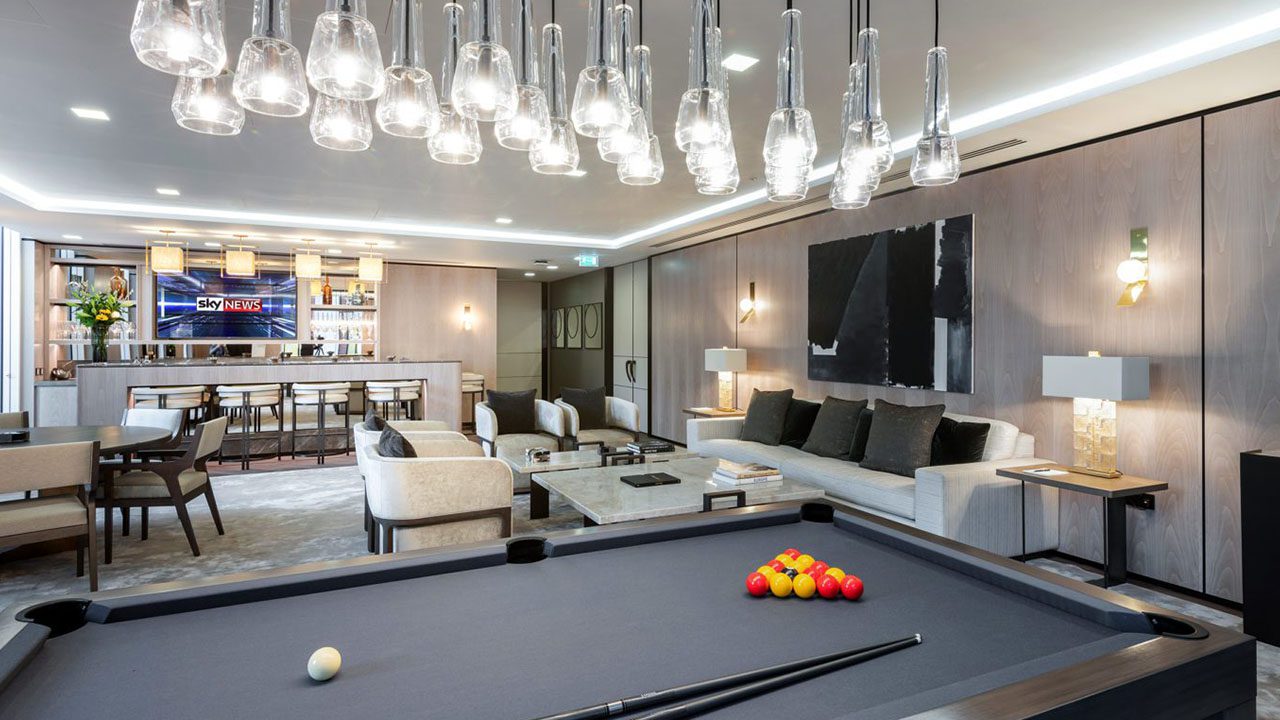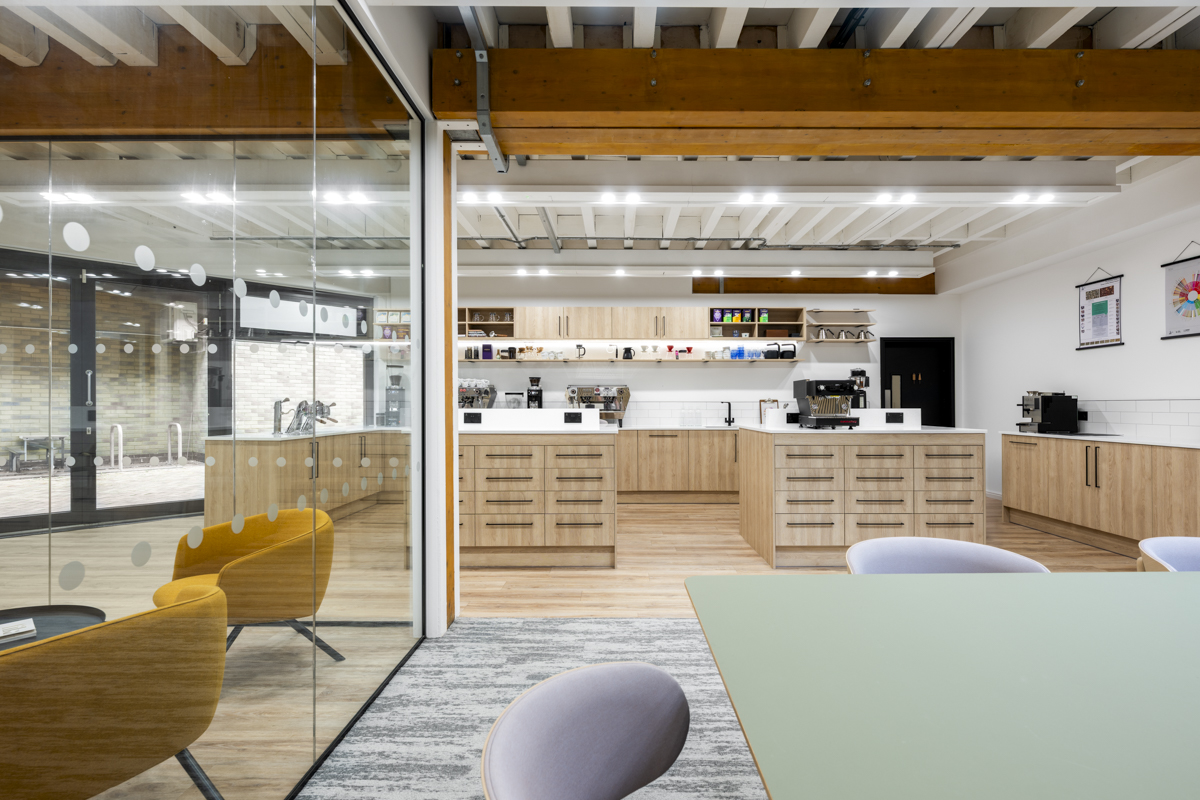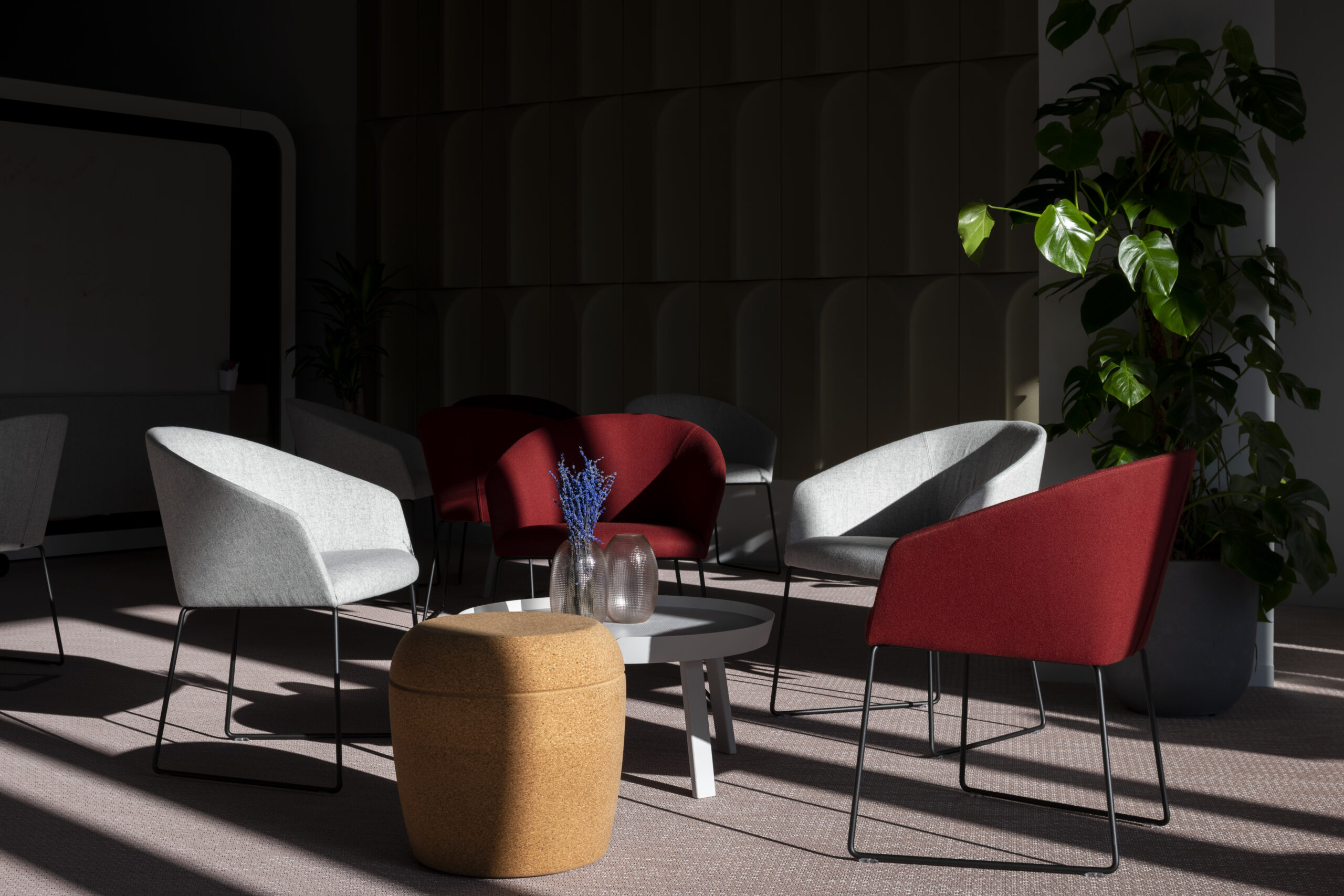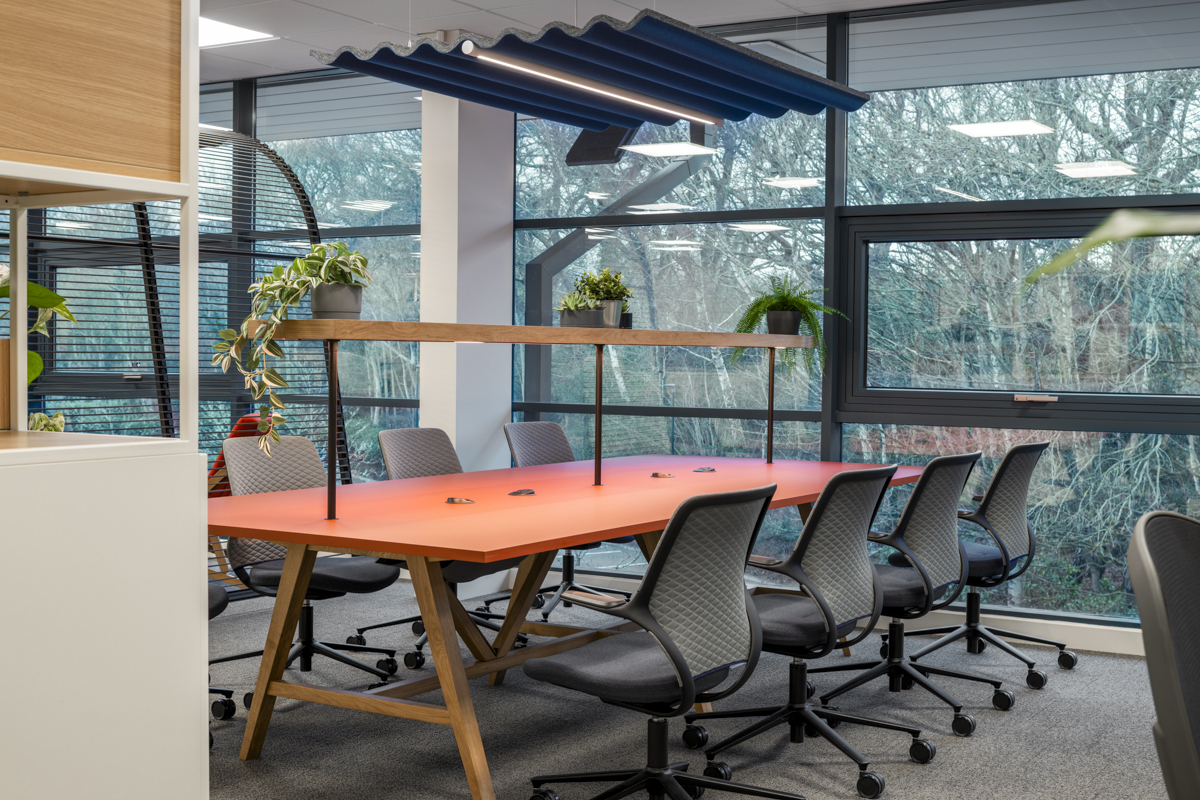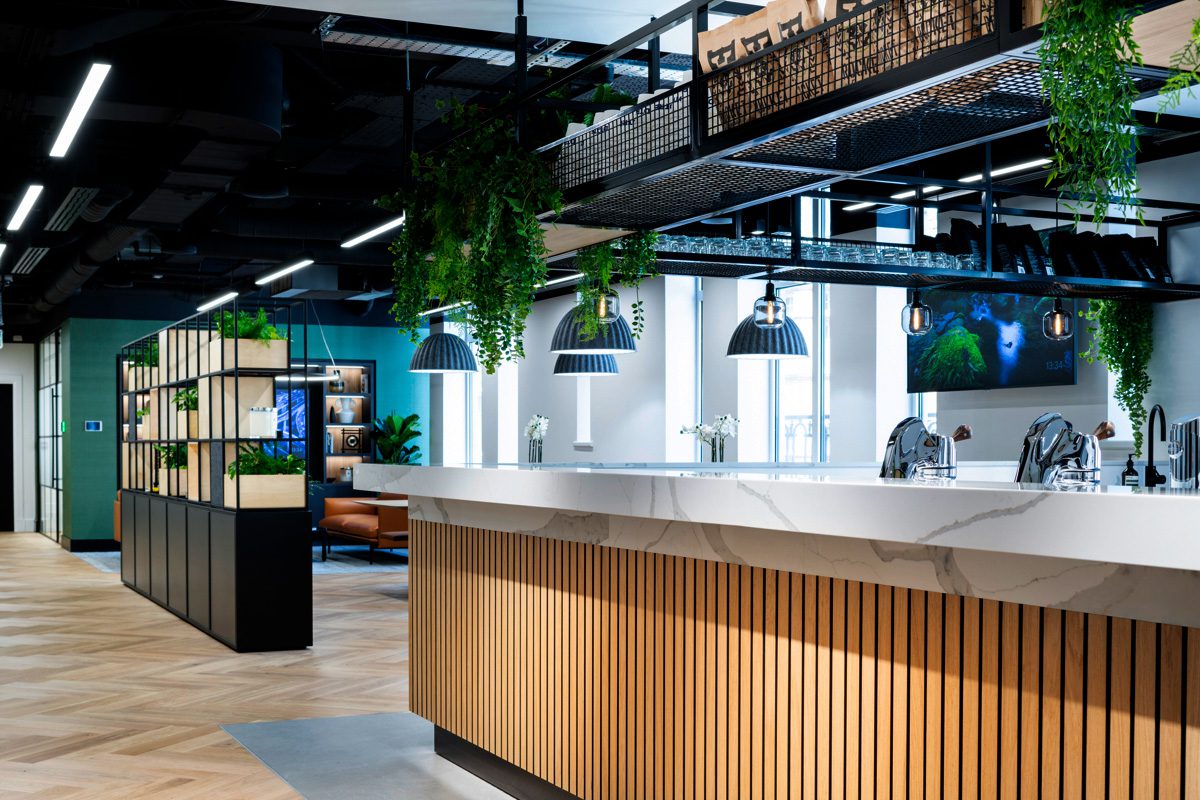What Does Office Space in London Cost?
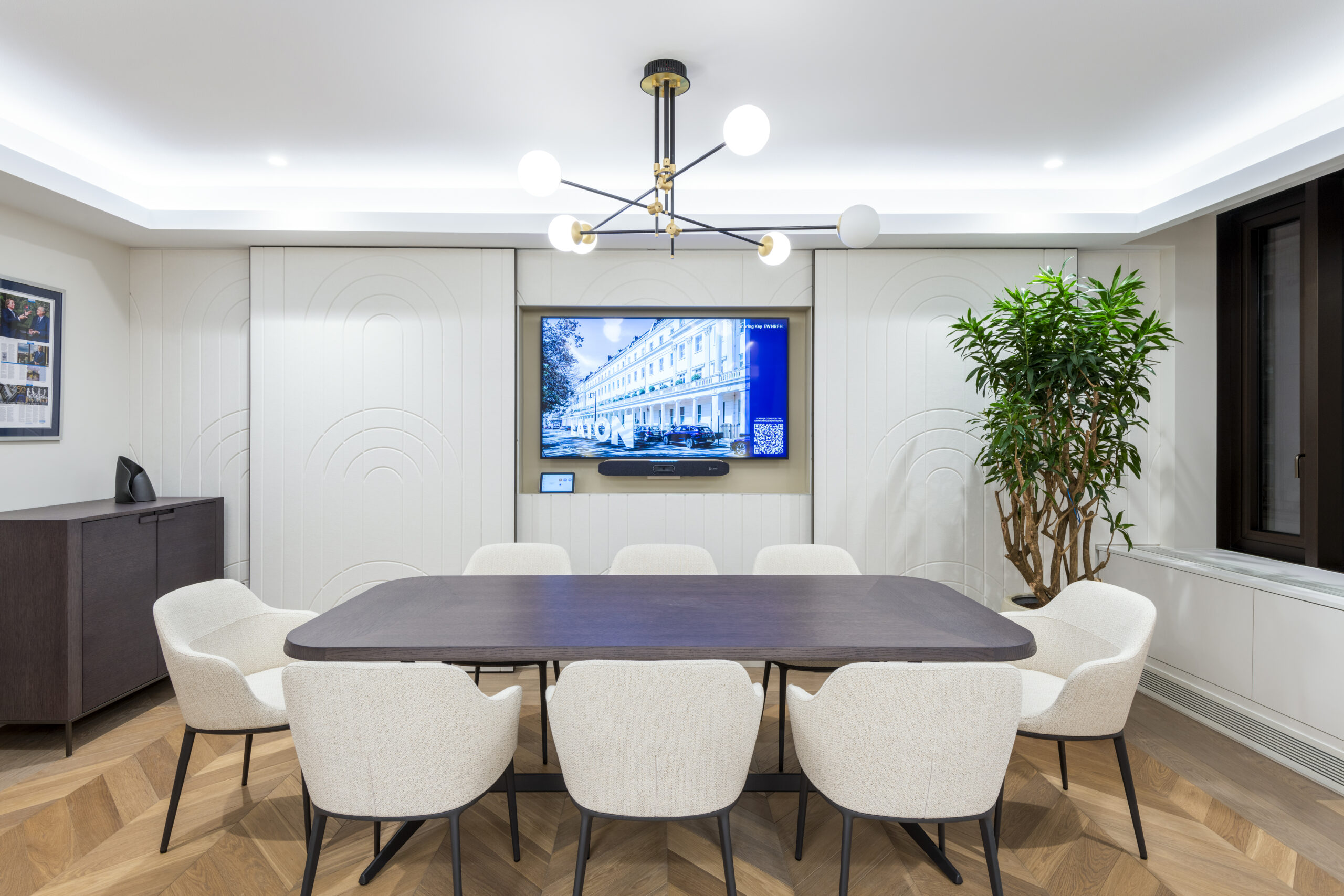
London’s office market tells a story of contrasts. At its heart, in the glittering precincts of Mayfair, the City Core North around Bank and Liverpool Street, and the vibrant theatres of Covent Garden, ultra-premium refurbishments command a lofty £68.30 per square foot per annum. Here, BREEAM-Excellent ratings underscore sustainability, while tenants enjoy the luxury of concierge services, panoramic roof terraces and even dedicated cycle hubs—every detail designed to impress.
Venture a little beyond the centre and you’ll find the reliable, no-frills appeal of Secondary 3-Star space. In Paddington’s mews, across the Docklands Core and into north Hammersmith, landlords deliver solid CAT A fit-outs at a more approachable £43.50 psf/pa—some 20–30% less than their prime counterparts. Though these buildings lack the bells and whistles of a five-star tower, they offer professional spaces that suit fast-growing businesses seeking value.
Beyond these, in the outer-core boroughs of Ealing, Greenwich and Croydon, a third tier of older offices can be snapped up for under £35 psf. Tenants here trade proximity for price, accepting longer commutes and more modest specifications in return for budget-friendly leases.

